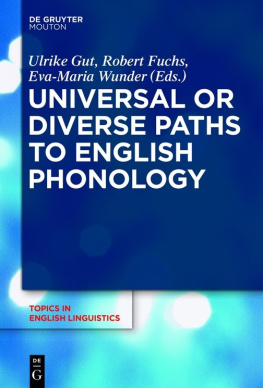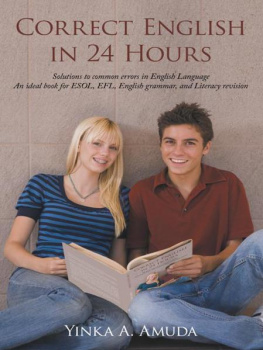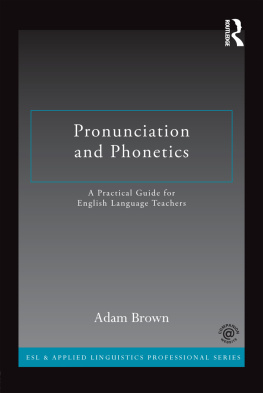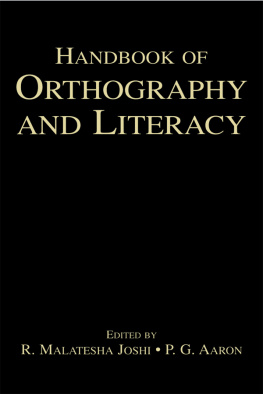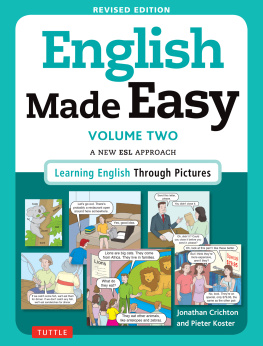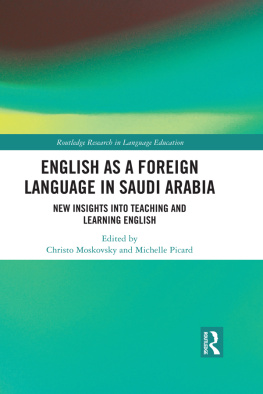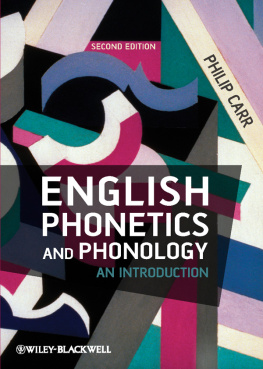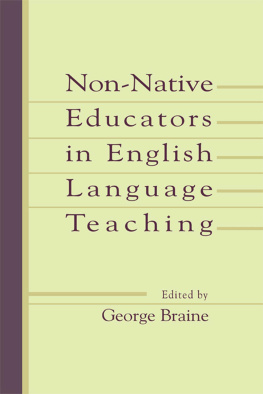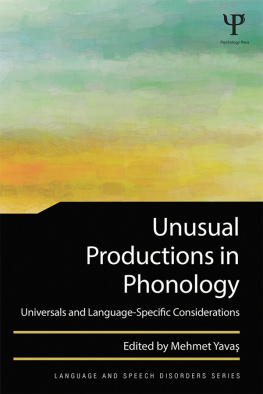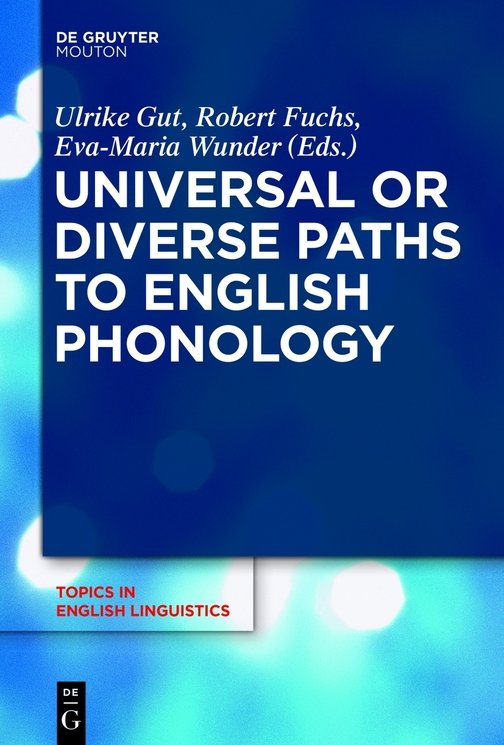1 Introduction
The status of different Englishes depends substantially on whether they constitute varieties of English as a first language, English as a second language (ESL), or English as a foreign language (EFL). This three-way distinction has alternatively been represented in terms of the Three Circles model proposed by Kachru (1985, 2005): first-language varieties are found in Inner-Circle countries like the UK, the USA and Australia; ESL varieties occur in Outer-Circle places that were once colonies and where the language now has an official status, such as India, Nigeria and Singapore; and EFL varieties exist in countries in the Expanding Circle where English has no official status, including Germany, Brazil and China.
One crucial difference between the status of varieties of English in the Three Circles, as noted by Kachru, is that Inner-Circle varieties have traditionally established the norms, Outer-Circle varieties increasingly develop their own standards independent of the patterns of usage found in the Inner Circle, and Expanding-Circle varieties generally continue to look to the Inner Circle for guidance on how English should be used. To a certain extent, this distinction between the Circles resonates with attitudes in different places, as people in Outer-Circle countries such as Singapore are usually comfortable with their own style of English, particularly in terms of pronunciation, and most are quite proud to sound Singaporean (Deterding 2007), while people in places such as Poland more often tend to insist that they aspire to RP British English pronunciation (Scheuer 2005; Sobkowiak 2005) and may be upset or even insulted to be told that they speak with a Polish accent.
Despite its widespread adoption and continued usefulness, there are some problems with Kachrus Three-Circle representation of varieties of English. The status of different places is determined by history and geography, and some Expanding-Circle countries where English is quite widely used, such as Argentina and Belgium, might alternatively now be regarded as indeterminate between the Outer and Expanding Circles (Jenkins 2009: 20). Furthermore the model fails to capture many of the dynamic ways in which English is being used in todays globalised world (Cogo and Dewey 2012: 9). In addition, Seidlhofer (2011) argues
David Deterding, University of Brunei Darussalam
that there is no need for speakers in the Expanding Circle to continue to be classified as norm-dependent and so be excluded from contributing to the ways that English is evolving, especially as they nowadays constitute the majority of speakers of English in the world (Crystal 2003: 69).
An alternative way of conceptualising the evolution of English in different places is by means of the Five-Phase Model of postcolonial development proposed by Schneider (2007). The first phase deals with the introduction of English into a territory where it was not previously used, while the fifth phase involves the emergence of diversity in a completely mature variety. Only Inner-Circle varieties such as those of the United States and Australia are considered to have reached the fifth phase, though it is possible that English in some places such as Singapore is in the process of achieving this status.
Current research on Brunei English (e.g. Deterding and Salbrina 2013: 119) suggests that it may be in the third phase of Schneiders model, labelled nativization, in which the variety is still subject to substantial external influences, as indigenous norms are not yet established. Although Brunei English is certainly developing many distinct local characteristics and it may well one day evolve to establish its own norms of pronunciation, lexis and usage, it still seems to be subject to influence from Inner-Circle varieties. In fact, school exam papers are still set in the UK and then sent to the UK to be graded, and furthermore many British teachers are employed in local schools, so the historical link with Britain continues. In addition, there may be substantial influence from American English, something that will be analysed in this paper.
The paper examines aspects of pronunciation, particularly the apparent increasing incidence of rhoticity among young people in Brunei, as this is something that seems currently to be undergoing a transition. The investigation of rhoticity may thus provide a window onto the status of Brunei English and help to establish if it is a second language variety or if it is emerging as a variety that may one day become independent of external norms of pronunciation and usage.
2 The phonology of Brunei English
An early investigation into the pronunciation of Brunei English was carried out by Mossop (1996). Based on auditory judgements, he described a range of features, including the use of [t] and [d] for // and // (consonants that will here be termed voiceless TH and voiced TH, following the convention established by Wells 1982), the omission of final plosives from words such as first and hand, the shortening of long vowels in words such as shirt, moon and cream, the merging of /e/ and // (vowels that will here be referred to as DRESS and TRAP, using the lexical keywords proposed by Wells 1982), and the avoidance of vowel reduction in the second syllable of words such as frigate and mammal. Mossop made no mention of rhoticity, apart from a brief comment about the lack of final [r] when the vowel in words such as square, chair and hair is shortened to [e] (1996: 201). While it is possible that he failed to notice rhoticity among his speakers, or alternatively that he believed it did not merit discussion, it is perhaps more likely that the widespread incidence of rhoticity in Brunei English is a recent phenomenon.
Ten years later, Salbrina (2006) investigated the vowels of Brunei English using acoustic measurements as well as auditory judgements, and she confirmed the tendency for long and short vowels (such as FLEECE and KIT) to be merged and showed that there was also little distinction between DRESS and TRAP.
After a further four years, Salbrina (2010) included the study of consonants in her research on the pronunciation of eighteen ethnically Malay female undergraduates in Brunei reading an early version of the Wolf Passage (Deterding 2006), and she reported that about 52% of the tokens of thought, threaten and third in her data had [t] rather than [] at the start, and the final plosive in words such as fist and feast was omitted in about 62% of tokens. In addition, she reported that half of her speakers might be classified as rhotic.
Salbrina and Deterding (2010) focused just on the rhoticity of the eighteen speakers from Salbrina (2010), and they reported that about 47% of tokens with potential post-vocalic [r] in stressed syllables in the reading of the Wolf Passage had r-colouring. While only three of the speakers had r-colouring in all the tokens investigated, nine speakers had r-colouring in most of them, and just six speakers exhibited no r-colouring in any of the tokens.
The current paper will investigate rhoticity among Brunei undergraduates in more detail, including data from men as well as women and also including some non-Malays. In addition, the incidence of rhoticity will be correlated with other features of speech, to try to determine if it might be considered a prestigious feature of pronunciation or not.
A more extensive analysis of Brunei English, including its grammar, lexis and discourse, is presented in Deterding and Salbrina (2013).

